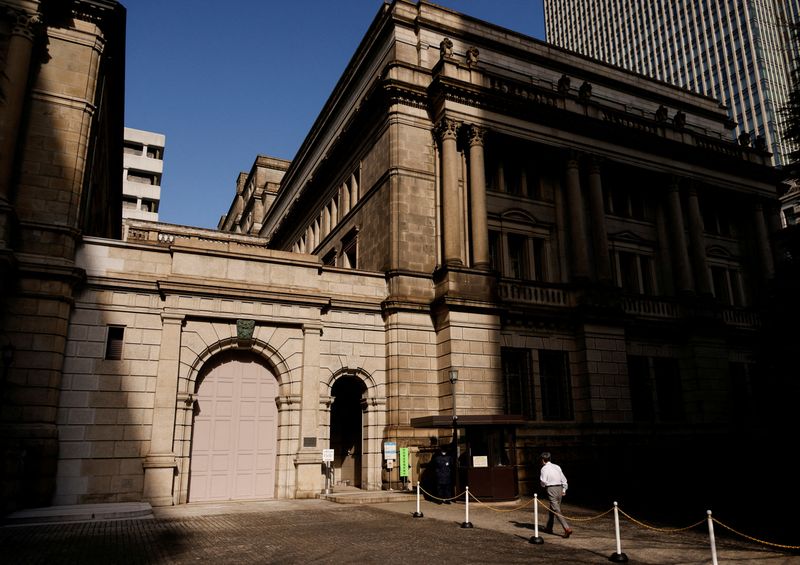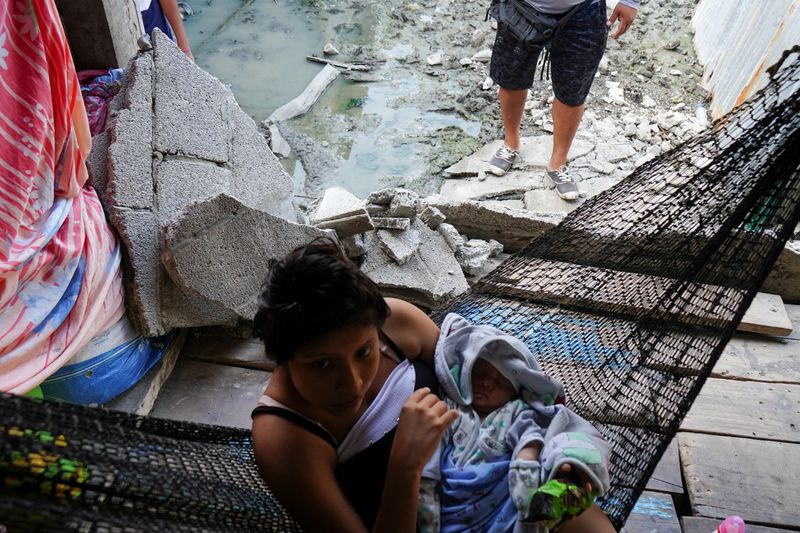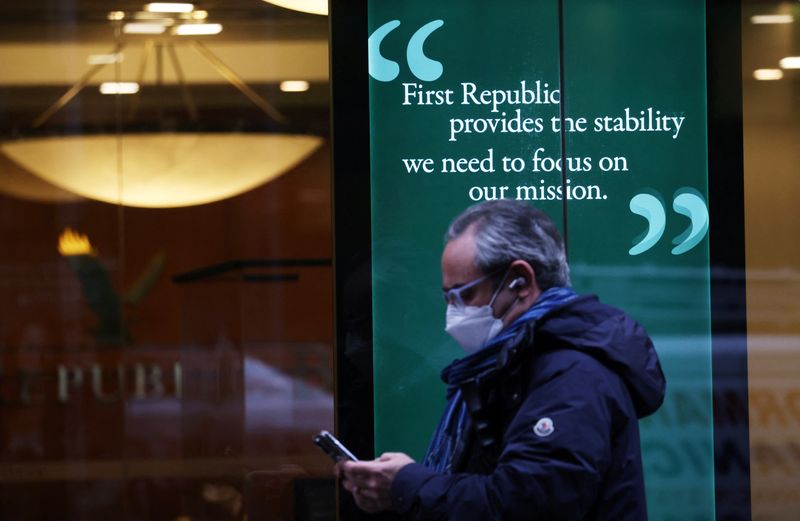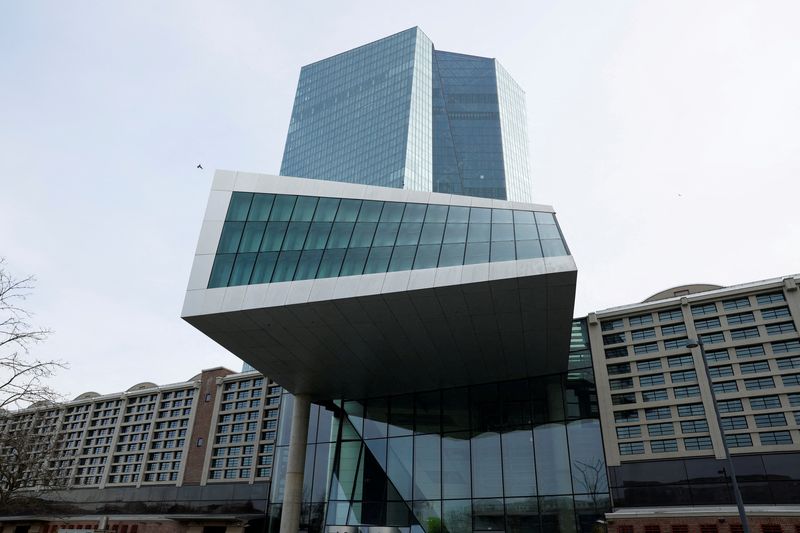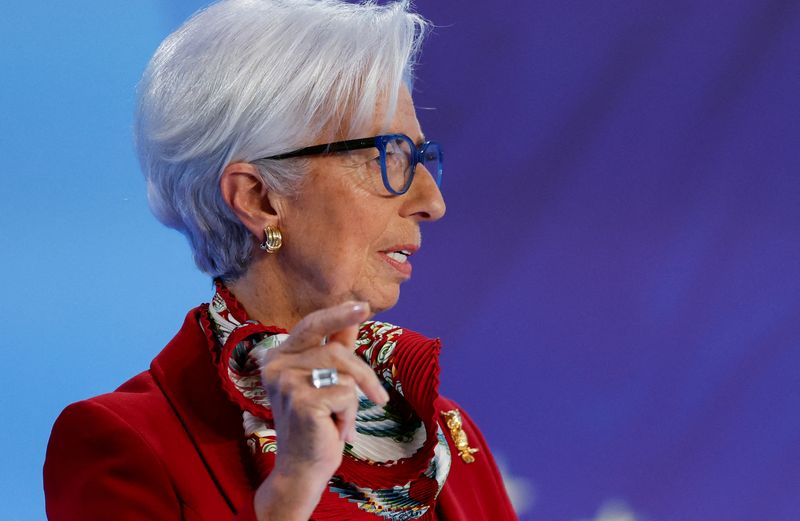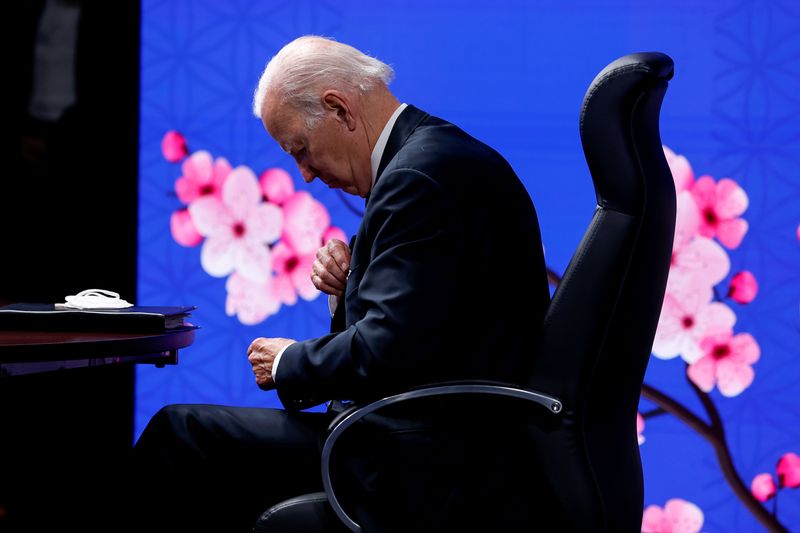BLOOMFIELD, NEW JERSEY – A Bloomfield man, Farrakhan Howard, 31, has been sentenced to a total of 29 years in State Prison after being convicted in November for attempting to murder a Lyft driver, assaulting another passenger, and carjacking the vehicle in April 2019.
Union County Superior Court Judge Thomas Isenhour imposed the term on Howard, including a 24-year sentence for carjacking, an 18-year concurrent sentence for attempted murder, and a 5-year consecutive sentence for aggravated assault on the passenger.
On April 24, 2019, Clark Police Department patrol units responded to Westfield Avenue, where they found a 47-year-old man bleeding from stab wounds and cuts to his head, face, and neck. Rahway Police Department officers later located a 20-year-old woman also suffering from stab wounds and scratches to her neck. Testimony from the trial revealed that Howard had attacked both victims before carjacking the vehicle and later crashing it in Woodbridge.







